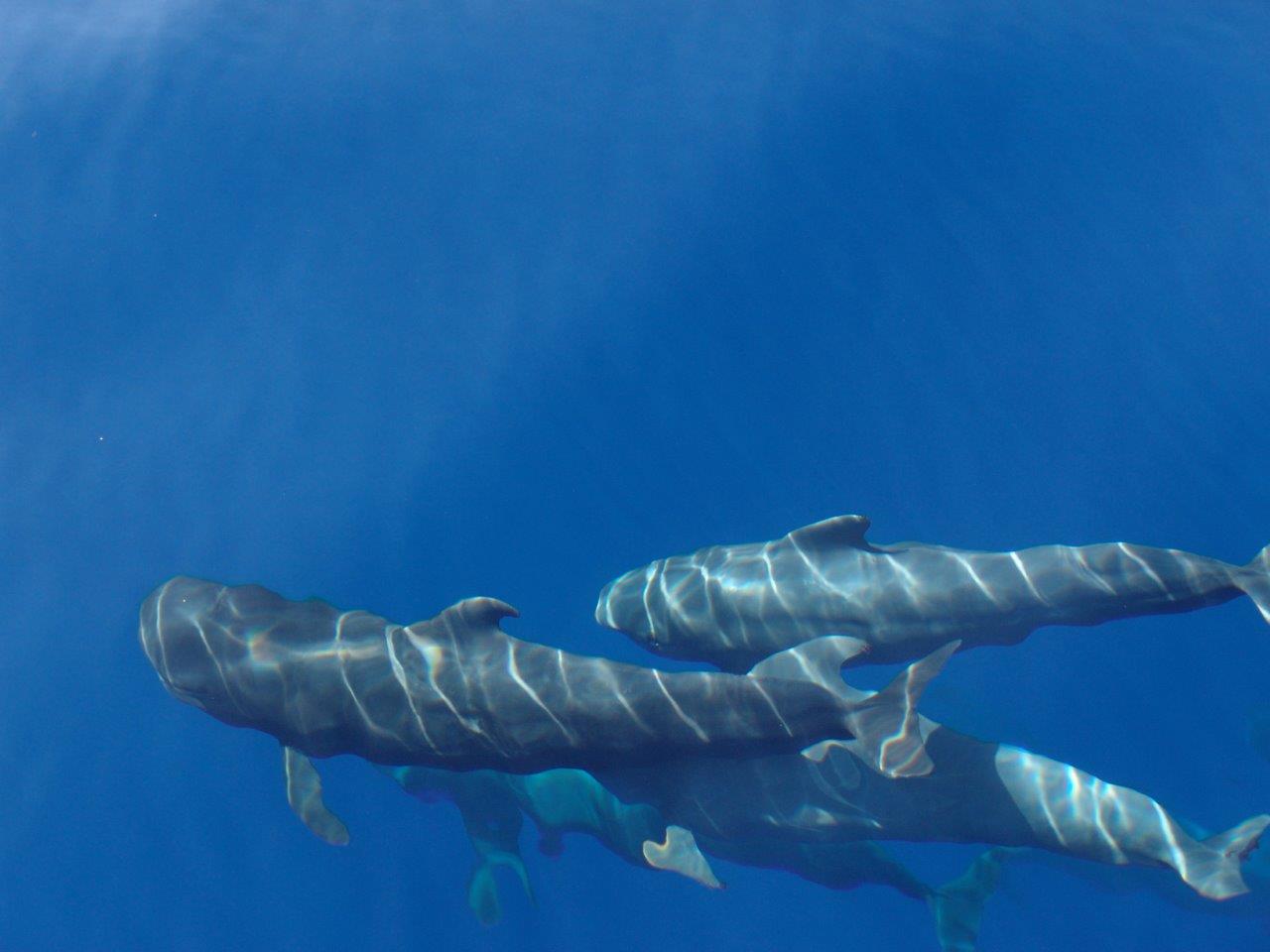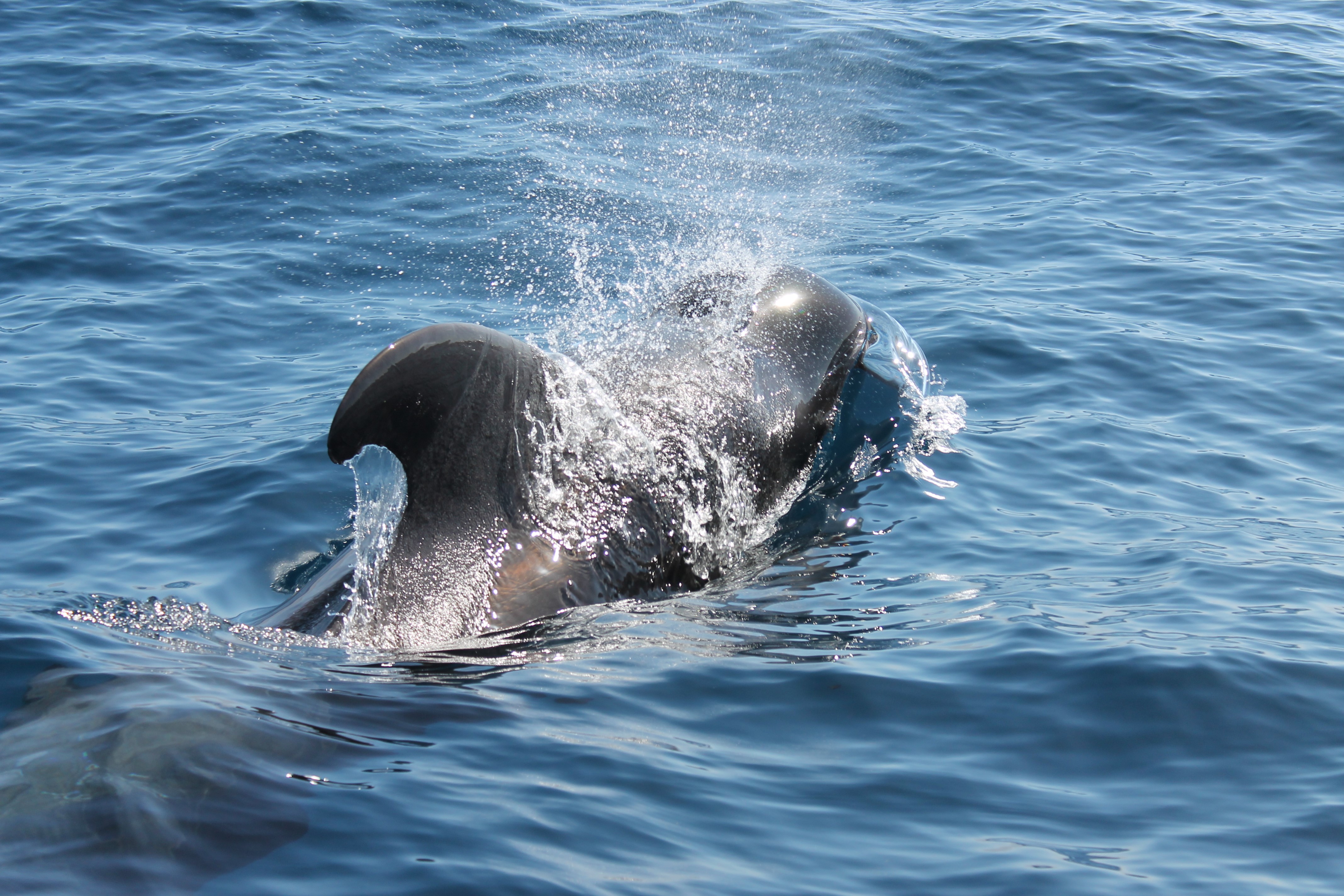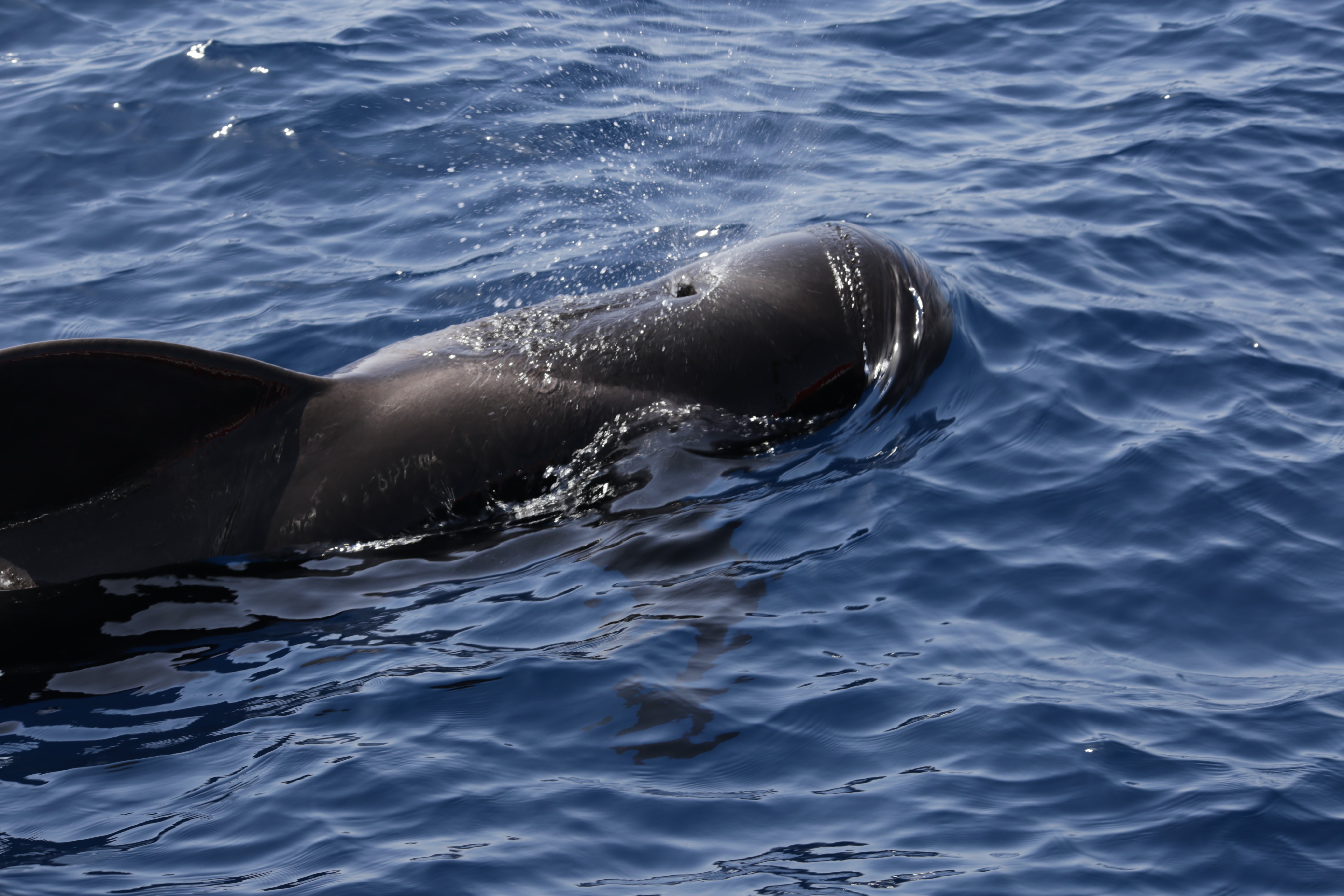Javier Almunia, director of the Foundation, is leading a study together with other researchers from the Canary Islands that has been published in the scientific journal ‘Frontiers in marine science’ and that will allow the intensity of sighting activities to be calculated with precision
Loro Parque Fundación is participating in a study, recently published in the scientific journal Frontiers in marine science, which has developed a method that combines automatic identification systems of navigation and “big data” to evaluate, almost instantaneously, the activity of boats dedicated to whale watching and thus be able to accurately measure the intensity of whale watching activities that affect cetacean populations.
The study, entitled “Using automatic identification systems (AIS) to estimate whale watching effort”, has been published by Javier Almunia, director of Loro Parque Fundación; Patricia Delponti, from the Faculty of Social Sciences and Communication of the University of La Laguna, and Fernando Rosa, from the Laboratory of Physical Bioacoustics and Distributed Multisensors of the Department of Industrial Engineering of the same teaching centre. This research is part of the INTERREG MARCET II project (MAC2/4.6c/392), which is aimed at scientific and technological transfer to improve the sustainable use of marine resources in Macaronesia.

Almunia, who holds a PhD in Marine Sciences, explains that the idea for the research arose from a “very burning issue in the management of whale watching activities”: determining the maximum carrying capacity of the activity without affecting the population of the animals, an essential issue throughout the world and, specifically, for the colony of pilot whales, dolphins and whales in the south of Tenerife.
The researchers found that many vessels engaged in this activity already have AIS, which indicates course, position and speed by radio or satellite, and this information is then archived by data management companies.

In turn, the European bathymetry system (underwater topography) was used to determine the depth at which the boats carry out their activity, as in areas such as the ports of Los Cristianos and Puerto Colón, between 5 and 7 kilometres from the coast, there are already underwater depths of 800-1,000 metres, which are preferred by the pilot whales, basically because they find it easier to find food there.
In contrast, in other areas of the planet it takes almost two hours of sailing to reach waters inhabited by cetaceans, and the fact that in Tenerife the animals are so close to the coast means that boats can make two or three trips a day, which increases the pressure on the animals.
The study analysed data from whale watching boats over the last 5 years – almost ten boats – and has shown that it is possible to identify sightings automatically and therefore to estimate almost in real time the amount of time the animals are exposed to this activity, which is twice as much in summer as in winter.
“It is a tool for measuring effort, i.e., the intensity of an activity, and it can be used to verify the carrying capacity in a safe way, to decide where the limit is for sustainability,” says Javier Almunia.
It can also be used for future studies of the stress and negative behaviour that animals can suffer due to this tourist activity, as for the last 20 years there have been scientific studies that show that whale watching is not absolutely harmless for them, and when there are too many boats, noise and excursions, adverse effects are detected.
This method could be an “extraordinary” tool in the future to ensure that boats comply with the rules, that they do not exceed their sighting time, that they respect the areas set aside for this purpose, and it will even make it possible to detect situations of intrusion into the activity.
“It will be a very effective tool for measuring the intensity of whale watching and adopting the necessary measures to ensure that the activity is compatible with the sustainability of the cetacean population in the south of Tenerife, which is very rare in the world and a heritage that must be preserved for future generations,” says the director of the Loro Parque Fundación.














